How to Keep Food Fresh Without a Fridge: Tips & Tricks
You might think a fridge is essential for keeping food fresh. But, there are ways to make food last longer without one. This guide will show you how to preserve food without refrigeration.
Learning the basics of food preservation can help you enjoy fresh food without a fridge. You’ll find out how to extend the life of your food using different methods. This guide will help you keep your food fresh for longer.
Table of Contents
Understanding Food Preservation Basics
To keep food fresh without a fridge, you need to know the basics of food preservation. It’s about understanding why food spoils and how to keep it fresh. By managing temperature, humidity, and air, you can stop food from spoiling. This helps your food last longer using non-refrigerated methods.
Non-refrigerated food storage relies on shelf-stable techniques. These methods stop microorganisms from growing, which causes food to spoil. You must consider the food type, its moisture, and where you store it.
The Science Behind Food Spoilage
Food spoils when microorganisms like bacteria, yeast, or mold grow on it. This happens because of temperature, humidity, and air exposure. To stop spoilage, you must understand what makes these microorganisms grow. Then, you can control them.
Factors Affecting Food Freshness
Many things can make food less fresh, like temperature, humidity, and how you handle it. High temperatures and humidity speed up microorganism growth. Also, bad handling can contaminate food. By managing these, you can keep your food fresh and quality high.
Basic Preservation Principles
Basic preservation involves stopping microorganisms from growing and preventing spoilage. You can do this by drying, freezing, or fermenting food. These methods help make food that can last a long time without needing refrigeration. This makes non-refrigerated storage a good choice.
Essential Tools and Supplies for Non-Refrigerated Storage
To keep food fresh without a fridge, you need the right tools. Airtight containers, glass jars, and vacuum sealers are key. They help keep your pantry organized and food fresh.
These tools can cut down on waste and save you money. Airtight containers are great for grains, cereals, and nuts. Glass jars are ideal for canned goods, sauces, and condiments. Vacuum sealers are perfect for meats, cheeses, and other perishables.
Look for brands like Mason, Anchor Hocking, and FoodSaver. Choose tools based on size, material, and durability. Here’s a checklist to help you get started:
- Airtight containers in various sizes
- Glass jars with tight-fitting lids
- Vacuum sealer and bags
- Labels and markers for organization
Investing in these tools will help you store food safely and efficiently. This way, you can make the most of your pantry space and food storage methods.
| Tool | Brand | Price Range |
|---|---|---|
| Airtight Containers | Mason | $10-$30 |
| Glass Jars | Anchor Hocking | $5-$20 |
| Vacuum Sealer | FoodSaver | $50-$100 |
Traditional Methods to Make Food Last Longer Without a Fridge
Preserving food without refrigeration is an ancient art. It lets you enjoy fresh, nutritious food all year. These methods are great for places where refrigerators are scarce.
There are many ways to preserve food without refrigeration. You can dry, salt, ferment, or use root cellars. Each method works well for different foods. Learning these techniques helps you save food and reduce waste.
Drying and Dehydration
Drying removes water from food to stop bacteria growth. It’s perfect for fruits, veggies, and herbs. You can dry food in the sun, oven, or with a dehydrator.
Salting and Curing
Salting and curing use salt to remove moisture and stop bacteria. It’s great for meats like bacon and ham. You can also use it for fish and seafood.
Fermentation Techniques
Fermentation lets food break down naturally. It’s used for veggies like sauerkraut and kimchi. You can also ferment fruits, meats, and dairy.
Root Cellaring
Root cellaring stores food in a cool, dark spot. It’s best for root veggies like carrots and potatoes. You can also store other fruits and veggies this way.
Using these traditional methods, you can keep food fresh without a fridge. Whether it’s fruits, veggies, meats, or dairy, there’s a method for you.

Modern Preservation Techniques for the Modern Home
Looking for ways to keep food fresh without a fridge? You’ll find many food conservation hacks that work well. Vacuum sealing is a top choice. It removes air to stop food from spoiling. It’s great for meats, veggies, and fruits.
Freeze-drying is another smart method. It freezes food and then removes moisture with a vacuum pump. This keeps food’s nutrients and texture, making it a top pick for how to make food last longer without a fridge. Dehydrating, like sun drying or using a dehydrator, also works. It removes moisture to stop bacteria from growing.
Here are some benefits of modern preservation techniques:
- Extended shelf life: Food can last months without refrigeration.
- Retains nutritional value: These methods keep food’s nutrients intact.
- Convenient: They’re simple to use and need little equipment.
Adding these food conservation hacks to your daily life means you can enjoy fresh, healthy food without a fridge. Vacuum sealing, freeze-drying, and dehydrating all offer benefits. They make storing food easier and more efficient.
| Preservation Method | Benefits | Equipment Needed |
|---|---|---|
| Vacuum Sealing | Extended shelf life, prevents spoilage | Vacuum sealer, containers |
| Freeze-Drying | Preserves nutritional value, texture | Freeze dryer, vacuum pump |
| Dehydrating | Removes moisture, prevents bacterial growth | Food dehydrator, sun drying equipment |
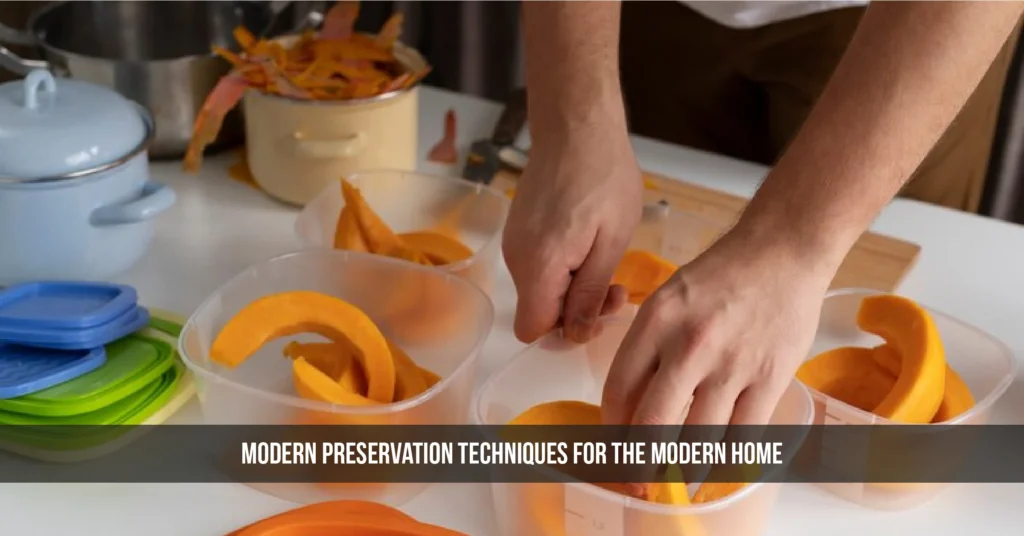
Storing Fresh Produce Without Refrigeration
Storing fresh produce without a fridge needs careful planning. You can enjoy fresh, nutritious food all year by using simple tips. Knowing the best storage for each type of produce is key.
Root vegetables do well in a cool, dry spot with airflow. Basements or shaded outdoor areas are great. Leafy greens need a cool, humid spot, like a pantry. Keep them away from sunlight.
Root Vegetable Storage
Carrots, beets, and potatoes can be stored without a fridge. Use a container or bag with holes for air. This keeps them fresh for weeks or months.
Leafy Greens Preservation
Leafy greens like lettuce and kale need a cool, humid spot. Use a container with a damp cloth to keep them fresh. This method works well without a fridge.
| Produce | Storage Conditions | Shelf Life |
|---|---|---|
| Root Vegetables | Cool and dry | Several weeks or months |
| Leafy Greens | Cool and humid | Several days or weeks |
| Fruits | Room temperature or cool | Several days or weeks |
Follow these tips to enjoy fresh produce all year. Always check for spoilage before eating. Store produce to keep it fresh and quality.
Preserving Proteins and Dairy Products
Preserving proteins and dairy without refrigeration requires special techniques and tools. Using shelf-stable food methods, you can enjoy many protein-rich foods without needing to refrigerate them. Techniques like curing and smoking can also make meats and fish last longer.
Here are some ways to preserve proteins and dairy:
- Curing: This method uses salt or sugar to remove moisture and stop bacteria from growing.
- Smoking: It uses low heat to preserve meats and fish, adding a deep flavor.
- Fermenting: This technique uses tiny organisms to break down proteins and create lactic acid, which preserves food naturally.
By learning these methods, you can make many shelf-stable products, like cured meats and fermented dairy. Always follow food safety rules to keep your preserved foods safe and good to eat.
| Preservation Method | Product Examples |
|---|---|
| Curing | Bacon, Ham, Salami |
| Smoking | Smoked Salmon, Smoked Turkey |
| Fermenting | Yogurt, Cheese, Sauerkraut |
With practice, you can enjoy a variety of preserved proteins and dairy. You’ll use shelf-stable food techniques and long-lasting methods to keep them fresh for longer.
Natural Preservation Methods Using Common Household Items
Preserving food without refrigeration is easy with pantry food storage tricks. You can use common items like vinegar, salt, and sugar. These natural preservatives stop food from spoiling and keep it fresh.
Using vinegar to pickle veggies, salt to cure meats, and sugar to preserve fruits is helpful. You can also make a natural brine solution to keep food fresh for weeks. These methods let you enjoy healthy food without needing a fridge.
Here are some benefits of using natural preservation methods:
- Cost-effective: Natural preservatives like vinegar, salt, and sugar are inexpensive and easily available.
- Environmentally friendly: These methods do not require any special equipment or energy, making them a sustainable option.
- Healthy: Natural preservatives do not contain any artificial additives or chemicals, making them a healthier option.
By adding these pantry food storage tricks to your routine, you can enjoy fresh food without refrigeration. Whether it’s fruits, veggies, or meats, natural preservation methods can help. So, next time you store food without refrigeration, try these methods to keep it fresh and healthy.
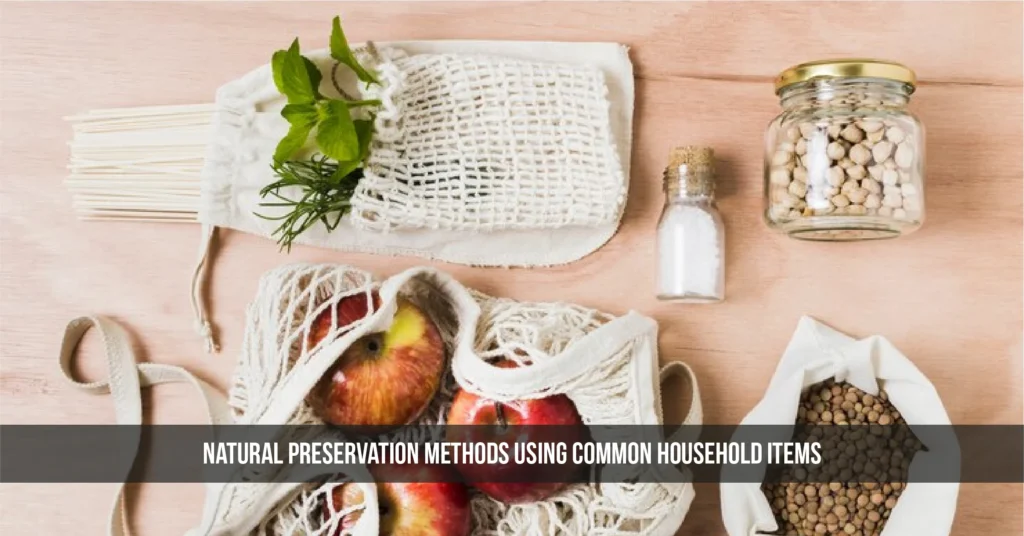
Creating an Effective Storage Environment
To keep your food fresh longer, you need a good storage space. This means controlling temperature, humidity, and airflow. These steps help prevent spoilage and keep your food fresh.
Temperature control is key to keeping food fresh. Most foods should stay below 40°F (4°C). This slows down harmful bacteria growth. Use airtight containers or refrigerators to keep the temperature right.
Humidity Management
Managing humidity is also important. Too much humidity can cause mold, while too little can dry out food. Use desiccants or silica gel to keep moisture levels stable.
Air Circulation Basics
Airflow is crucial too. It prevents ethylene gas buildup, which makes fruits and veggies spoil fast. Use ventilation systems or ensure good airflow in your storage area.
By following these tips and using smart food hacks, you can make a great storage space. This will help your food last longer and stay fresh. Always check and adjust your storage conditions to keep your food safe and good to eat.
Common Mistakes to Avoid in Food Preservation
Many people struggle to keep food fresh without a fridge. They often miss important steps that can cause food to spoil. To keep your food fresh and safe, it’s key to avoid common mistakes in food preservation. One big error is not storing food properly, which can be fixed by following good food preservation tips.
Staying away from common mistakes needs careful attention and knowing how to preserve food. Important areas to pay attention to include:
- Improper handling and storage of perishable items
- Inadequate temperature and humidity control
- Not using enough preservation techniques, like drying and fermentation
By being careful and understanding the preservation process, you can keep your food fresh longer. Always follow reliable food preservation tips and advice to get the best results when learning how to make food last longer without a fridge.
Proper food preservation is not just about keeping food fresh longer. It’s also about keeping its nutritional value and safety. By avoiding common mistakes and following established guidelines, you can enjoy fresh, healthy food. This helps reduce waste and lessens your environmental impact.
Conclusion:
Learning about non-refrigerated food storage and shelf-stable food techniques is key to a greener future. It cuts down on energy use and helps the planet. Plus, these food conservation hacks reduce waste, boost food safety, and save cash.
With the tips from this guide, you’re ready to be a pro at food preservation. Start using these methods at home. You’ll make your household more self-sufficient. Every effort you make towards sustainable food helps our planet and the future.
Also Read: How to Cook With Stainless Steel Cookware: Tips for Tasty Results
FAQs
How can I keep fruits and vegetables fresh without a fridge?
Store them in a cool, dry, and well-ventilated area. Use root cellars for root vegetables and keep leafy greens in a cool, humid spot with a damp cloth.
What are the best traditional methods for preserving food without a fridge?
Drying, salting, fermenting, and root cellaring are effective. These methods remove moisture, cure, or create natural preservatives to extend shelf life.
Can I preserve meat and dairy without a fridge?
Yes, use curing, smoking, or fermenting. These techniques remove moisture, add flavor, or create lactic acid to preserve meats and dairy products.
What modern techniques can I use to preserve food without refrigeration?
Try vacuum sealing, freeze-drying, or dehydrating. These methods remove air, and moisture, or freeze food to keep it fresh longer.
How do I create an ideal storage environment for non-refrigerated food?
Control temperature, humidity, and airflow. Keep the area cool, use desiccants for humidity, and ensure proper ventilation to prevent spoilage.
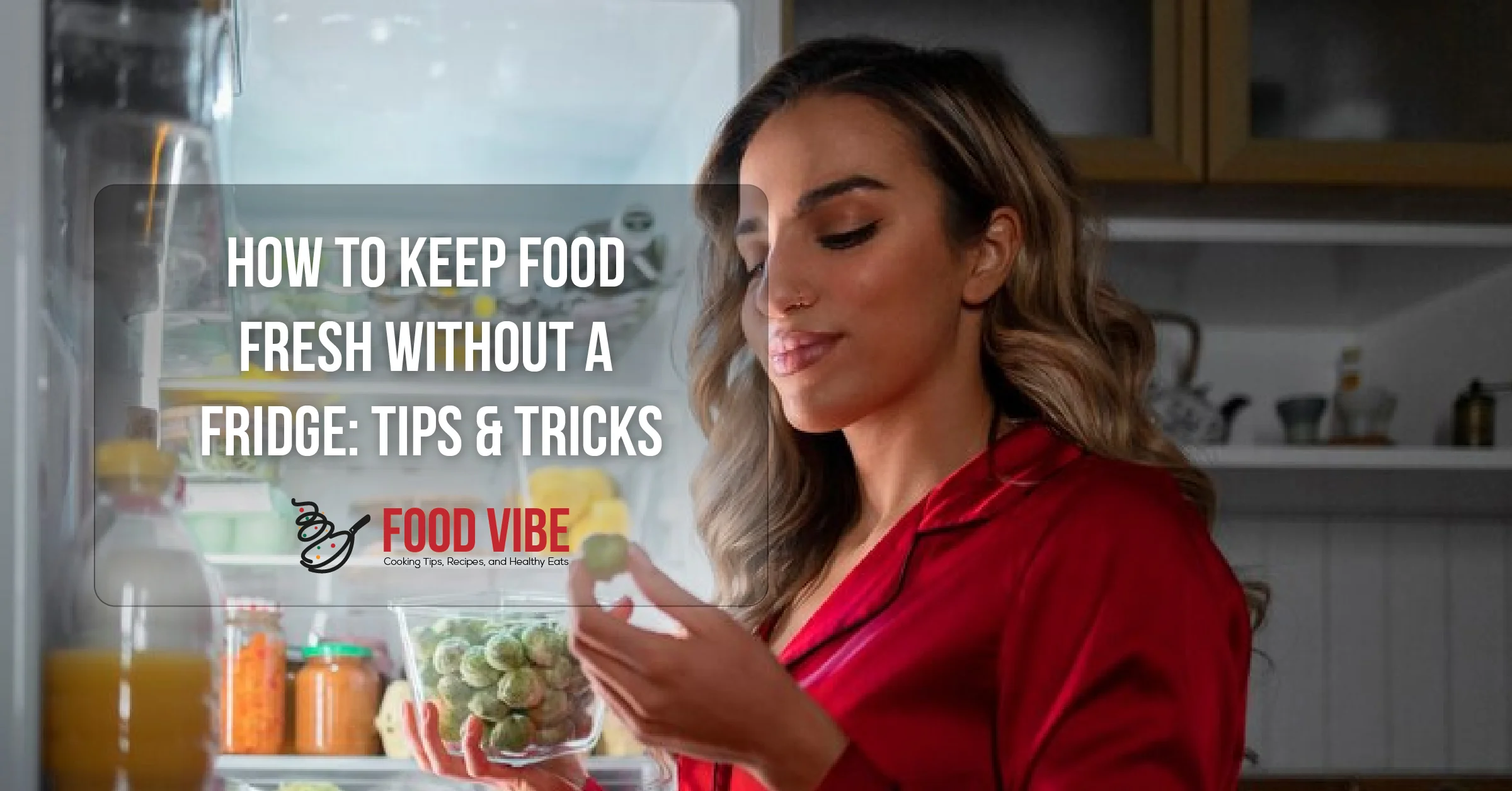
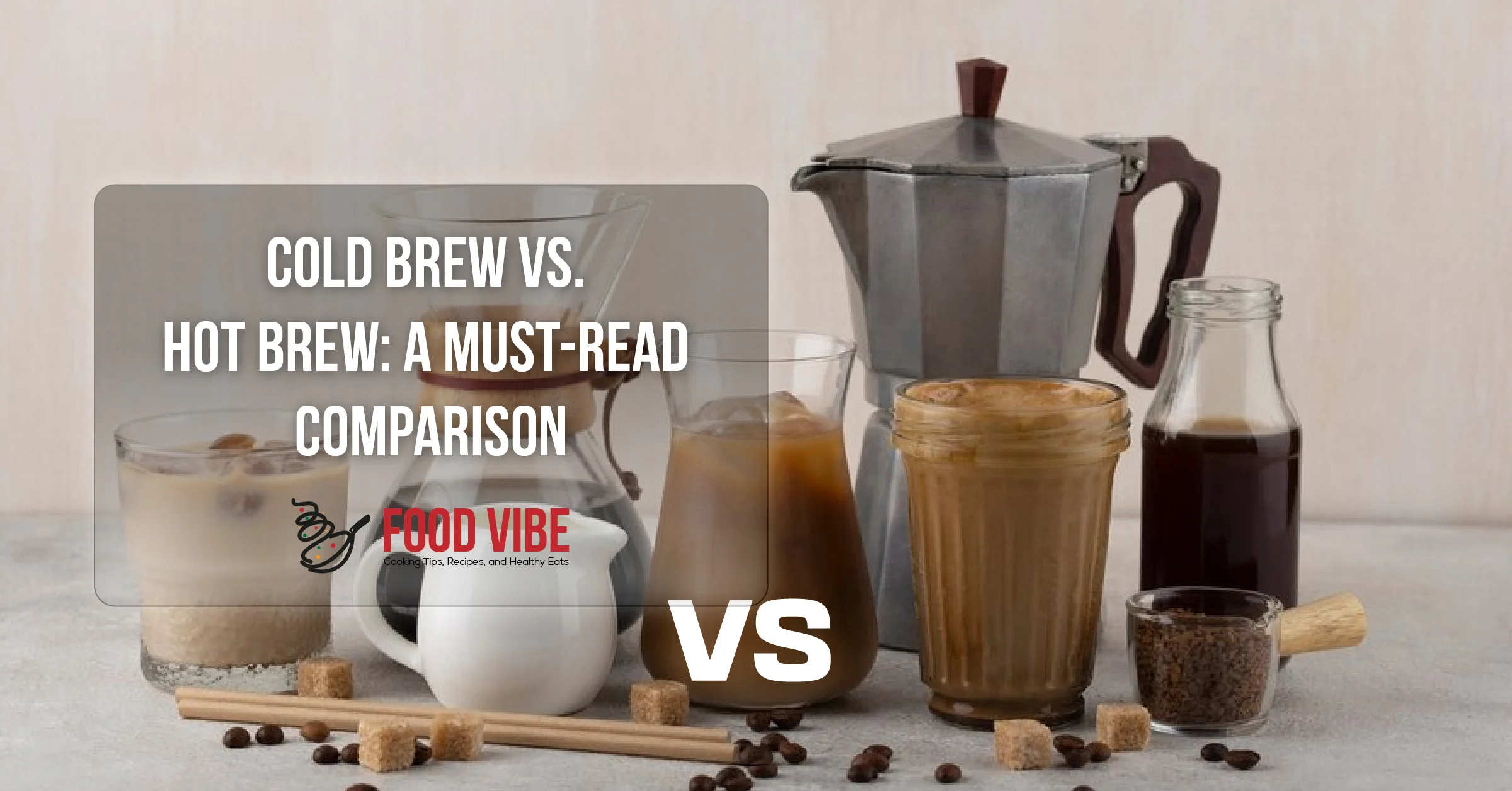
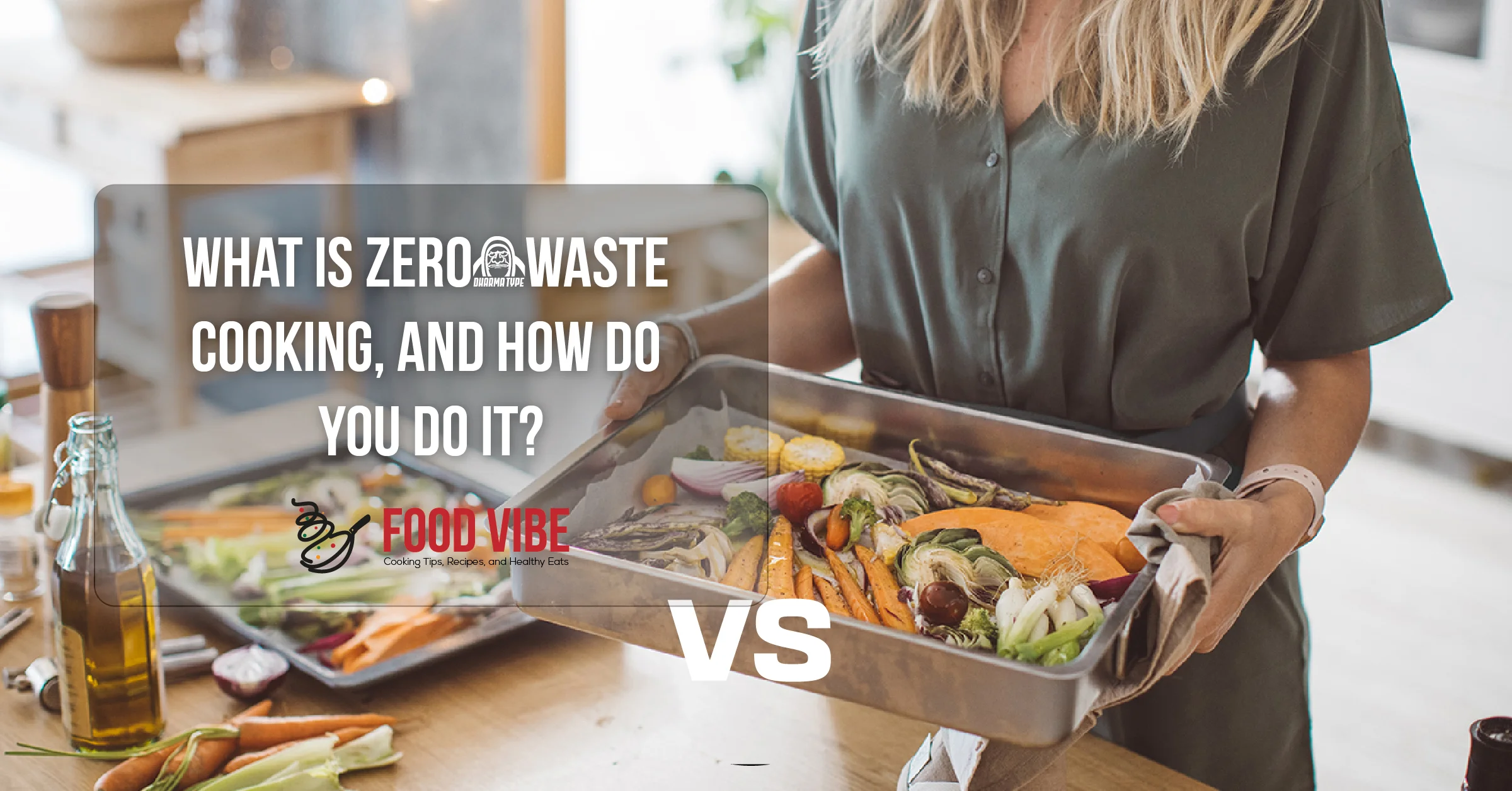
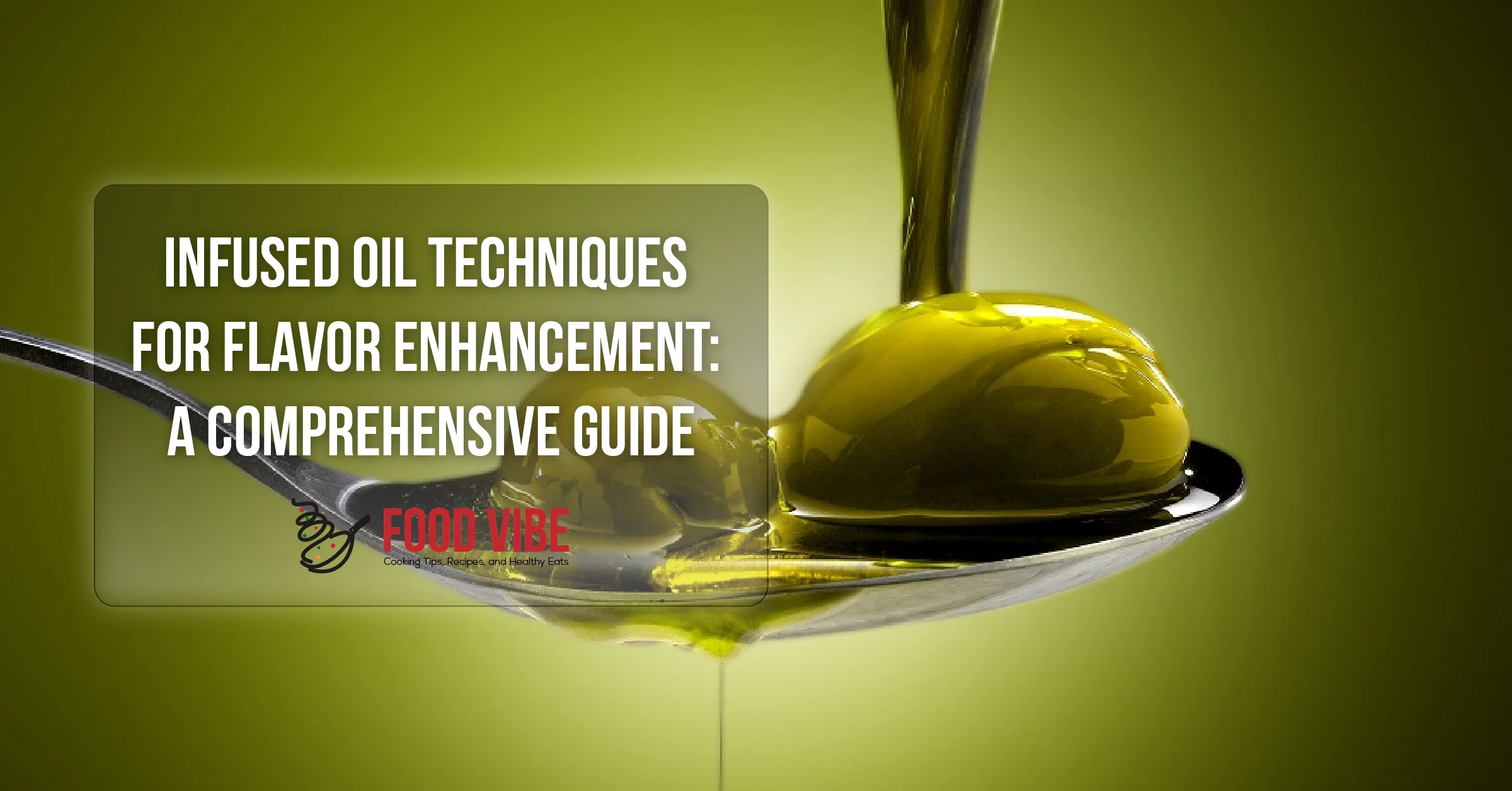




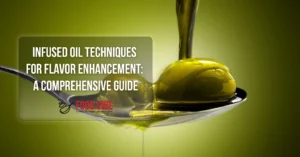


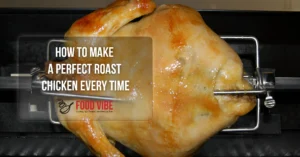


Post Comment